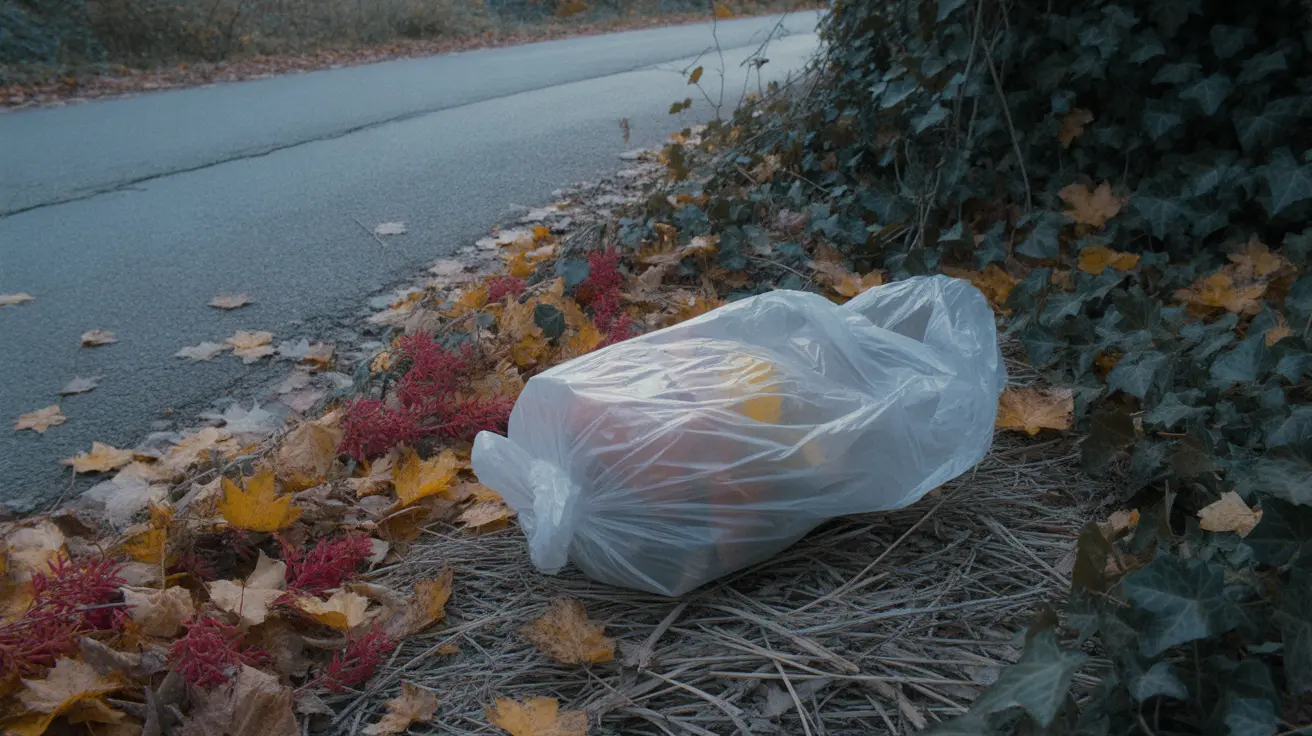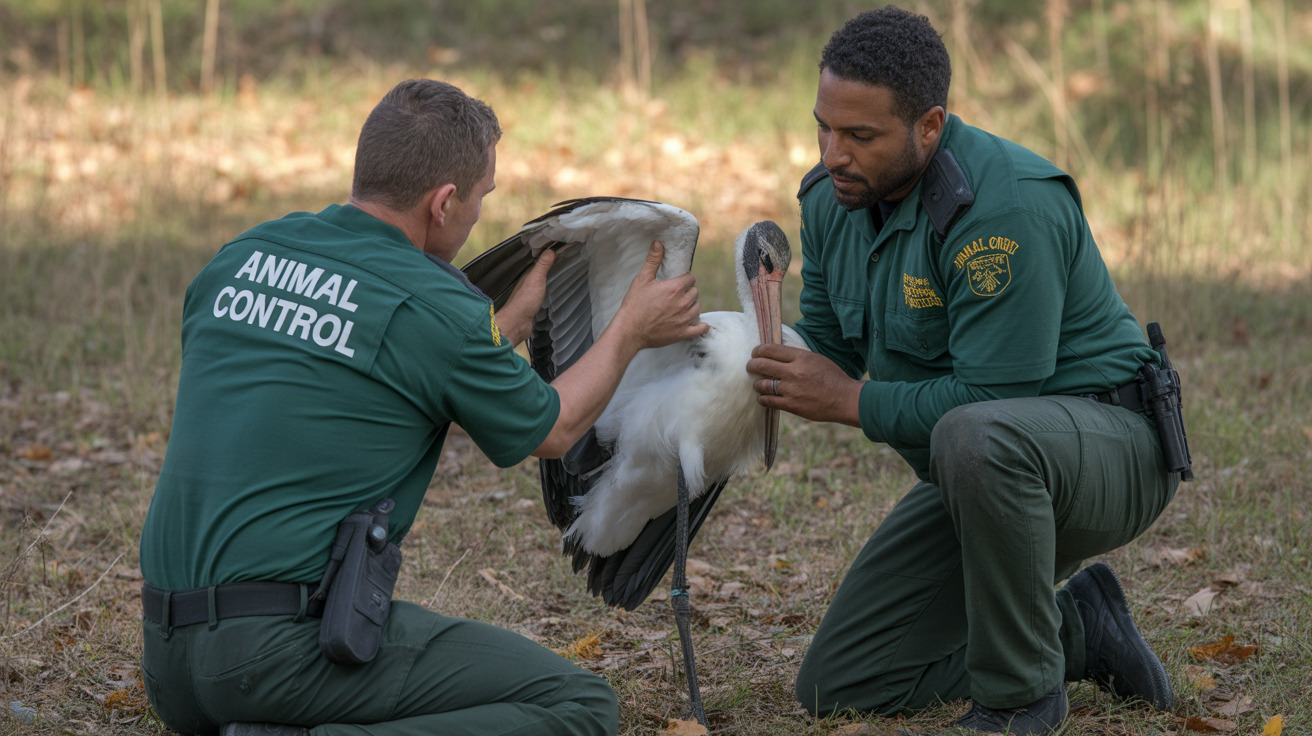Why Is My Dog Obsessively Licking Everything?
If your dog has suddenly developed an obsessive habit of licking everything—furniture, floors, walls, or especially blankets and bedding—it may indicate a deeper behavioral or medical issue. In this article, we'll explore the possible causes of this behavior and provide actionable strategies to help you manage and alleviate it.
Common Reasons for Excessive Licking in Dogs
- Comfort and Self-Soothing: Dogs often lick to soothe themselves, especially in stressful or unfamiliar situations. This behavior may originate from nursing in puppyhood, where licking and sucking provided comfort. Repetitive actions like licking can create a calming effect for some dogs.
- Attraction to Scents and Tastes: Dogs have a highly developed sense of smell and may be drawn to licking objects that have food residues, human scents, or other fascinating smells. Blankets and furniture often carry these triggers.
- Boredom or Habit: Lack of mental or physical stimulation can lead to compulsive behaviors like licking. Dogs may begin licking items at home simply as a way to entertain themselves.
- Anxiety and Stress: Changes in environment, separation anxiety, or exposure to loud noises may cause dogs to develop nervous behaviors like obsessive licking. These habits tend to increase during periods of stress or change.
- Medical Causes: Persistent licking can also signify underlying health issues. Conditions such as gastrointestinal upset, oral pain, skin irritations, or allergies can drive a dog to lick objects excessively in an attempt to alleviate discomfort.
- Seeking Attention: If a dog learns that licking earns them attention from their owner—positive or negative—they may repeat the action to solicit a response.
How to Address Obsessive Licking
- Ensure Adequate Physical and Mental Stimulation: Engage your dog in regular exercise, interactive games, and mentally stimulating activities. Puzzle toys, training sessions, and social interaction can reduce boredom-driven licking.
- Evaluate Diet and Health: Provide a balanced diet that meets all nutritional needs. Consult your vet if the behavior is sudden, severe, or accompanied by other symptoms like vomiting, appetite loss, or lethargy.
- Clean Frequently Licked Surfaces: Wash blankets and bedding regularly to remove lingering odors or food residues that may attract licking.
- Use Safe Deterrents: Apply pet-safe bitter sprays to objects frequently licked. These can deter licking when used alongside training methods.
- Reinforce Alternative Behaviors: Redirect your dog’s attention to toys or chew items. Use commands like "leave it" and reward desired behaviors generously to build positive habits.
- Reduce Environmental Stressors: Establish a calm, consistent environment. Tools like white noise machines, dog crates for retreat, and cuddly toys can help reduce anxiety-driven behaviors.
- Address Potential Health Issues: Look for signs of discomfort, such as paw licking, oral sensitivity, or scratching. If observed, seek a veterinary diagnosis promptly.
- Avoid Reinforcing the Behavior: Ignore the behavior if done to gain attention. Focus praise and interaction on positive behavior instead.
When to Seek Professional Help
If the licking becomes persistent, obsessive, or is paired with other sudden behavioral or physical changes, it’s crucial to consult a veterinarian. Health conditions such as cognitive dysfunction, especially in older dogs, require professional care. In some cases, working with a certified dog behaviorist may be beneficial to manage deeply ingrained habits.
Key Takeaways
- Obsessive licking can stem from behavioral patterns or hidden medical issues.
- Provide enough stimulation and a balanced routine to curb the habit.
- Clean triggers, enforce consistent training, and avoid accidental reinforcement.
- Seek veterinary advice if the behavior intensifies or is accompanied by distress signs.
Understanding why your dog is engaging in obsessive licking is critical for their wellbeing. Whether it’s psychological comfort-seeking or an indicator of illness, proactive observation and care are essential in bringing your pet back to a healthier behavior pattern.





